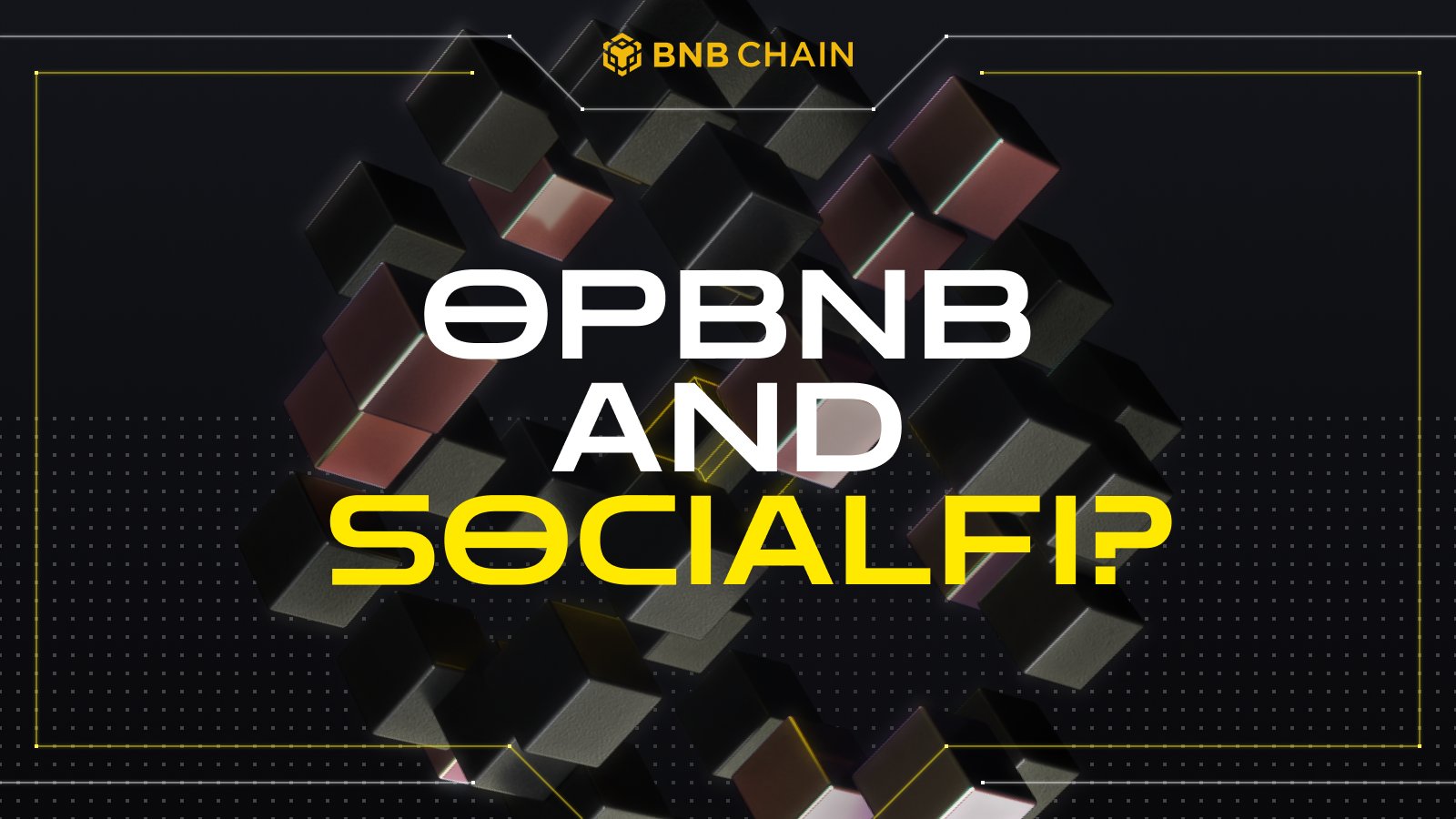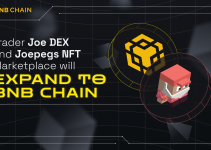Table of Contents

SocialFi has been one of the most exciting Web3 narratives to emerge in 2023. The term is a blend of the words “social media” and “finance,” unlike traditional social platforms, it allows you to monetize your social capital and influence. Via smart contracts, content creators can directly interact with their fans without going through a centralized intermediary.
Before we go any further, we must ensure we don’t confuse SocialFi with Decentralized Social Networks (DeSoc). While they share similar features, SocialFi primarily focuses on monetizing social interactions. Comparing SocialFi with DeSoc would be somewhat akin to comparing Patreon to Facebook.
While relatively new, the concept has been widely embraced. The total Value Locked (TVL) in SocialFi protocols sits slightly above $40 million.
Of course, to run these platforms successfully, it is necessary to ensure that they can run in a scalable environment. While it may not have been possible to deploy these apps on layer-1 chains (at least not for now), we can now use layer-2 tech like opBNB to seamlessly execute them.
Core Principles of SociaFi
While Web2 social media platforms have successfully connected people and promoted extensive content creation, they are lacking in areas that include user data ownership, censorship, digital identity, and monetization.
- Censorship: Contrary to platforms like X, which often restrict user accounts and censor certain topics, SocialFi’s decentralized approach offers a solution that emphasizes inclusivity and freedom of speech. SocialFi platforms are managed via token holders who form a decentralized autonomous organization (DAO). Unlike their Web2 counterparts, there aren’t any centralized governance entities.
- Immutable digital ownership: Web3 shifts the paradigm by empowering content creators with more control over their data. Exclusive ownership of unique content is authenticated through NFTs. By adding cryptographic non-fungibility, it would be possible to own unique content.
- Monetization: SocialFi connects user interactions, branding, expertise, and content creation with financial rewards in a decentralized setting. A user’s online influence is quantified through social tokens based on their interactions, content, and influence within the platform.
The SocialFi Explosion
While the idea of SocialFi has existed for a while, it took off with Friend.tech. Friend.tech was launched on August 10, 2023. On this app, creators engage with their community through “Keys,” which are akin to shares and represent a creator’s influence. These Keys grant access to exclusive perks like private chats or personalized advice. Since its debut, Friend.tech has quickly gained traction. Let’s look at some stats.
Overall, the number of cumulated transactions on Friend.tech is nearing 12.5 million. These transactions have resulted in over $26 million in protocol fees. Many protocol developers have also forked Friend.tech to create other SocialFi protocols.
These forks have established themselves on other EVM chains, as well. For example, BNB Smart Chain has Friend3 – more on this in a bit.
What’s Stopping SocialFi From Growing Further?
The scalability challenges for SocialFi platforms are a major obstacle to their growth and effectiveness. Unlike traditional Web2 social media like Facebook, these platforms do not have vast server infrastructures and databases.
Facebook’s ability to process around 4 petabytes of data daily, dealing with millions of comments, posts, and photo uploads, is a testament to the robust infrastructure that Web2 platforms have developed over the years.
In contrast, Web3 platforms, despite their innovation, have mostly struggled with the sheer volume of data generated by increasing user interactions. This lack of scalability could lead to significant performance and security issues as these platforms grow.
This limitation could slow down the adoption and growth of SocialFi, as users expect seamless and secure experiences similar to what they have become accustomed to on established Web2 platforms.
opBNB Can Provide The Required Scalability
opBNB is the Layer 2 scaling solution for BNB Smart Chain, and is powered by the OP Stack. Currently, opBNB hosts the Friend3, a Friend.tech fork, which has seen the third-most active traders in the SocialFi market – as of writing. On December 17, Friend3 launched a dedicated Inscriptions marketplace. The reaction from the community has been fervent, to say the least.
Source: opbnbscan
As per data from opBNBScan, opBNB recorded a staggering 23 million transactions on December 17th. In doing so, opBNB became only the second EVM-compatible chain to record more than 20 million transactions in a single day – after BNB Smart Chain on December 7.
While these are impressive numbers, it must be noted that opBNB is capable of much more. During this transaction spike, peak opBNB TPS reached ~4,000 transactions per second. opBNB is projected to touch 5,000 TPS. This means that opBNB should theoretically be able to process much more.
So, what are the conclusions we can draw here?
- SocialFi platforms face performance and security challenges due to scalability issues arising from their innovative blend of social media and finance and the increasing data from user interactions.
- Friend3, a SocialFi platform on opBNB, launched an inscription marketplace. As a result, user interaction went through the roof with minting requests.
- During this time, opBNB comfortably processed over 20 million transactions in a single day, with peak TPS reaching 2,000.
- Since opBNB is projected to touch 5,000 transactions per second, it can accommodate far more interactions, giving plenty of room for Friend3 and other SocialFi apps to grow.
Conclusion
SocialFi is one of the most interesting sectors in crypto since it represents a present and tangible Web3 use case. By allowing content creators to interact directly with their audience, they are empowered to truly benefit from their social capital. However, SocialFi needs a scalable platform to reach its true potential. Platforms like opBNB can handle these scalability demands perfectly and provide an ideal platform for SocialFi to grow.


